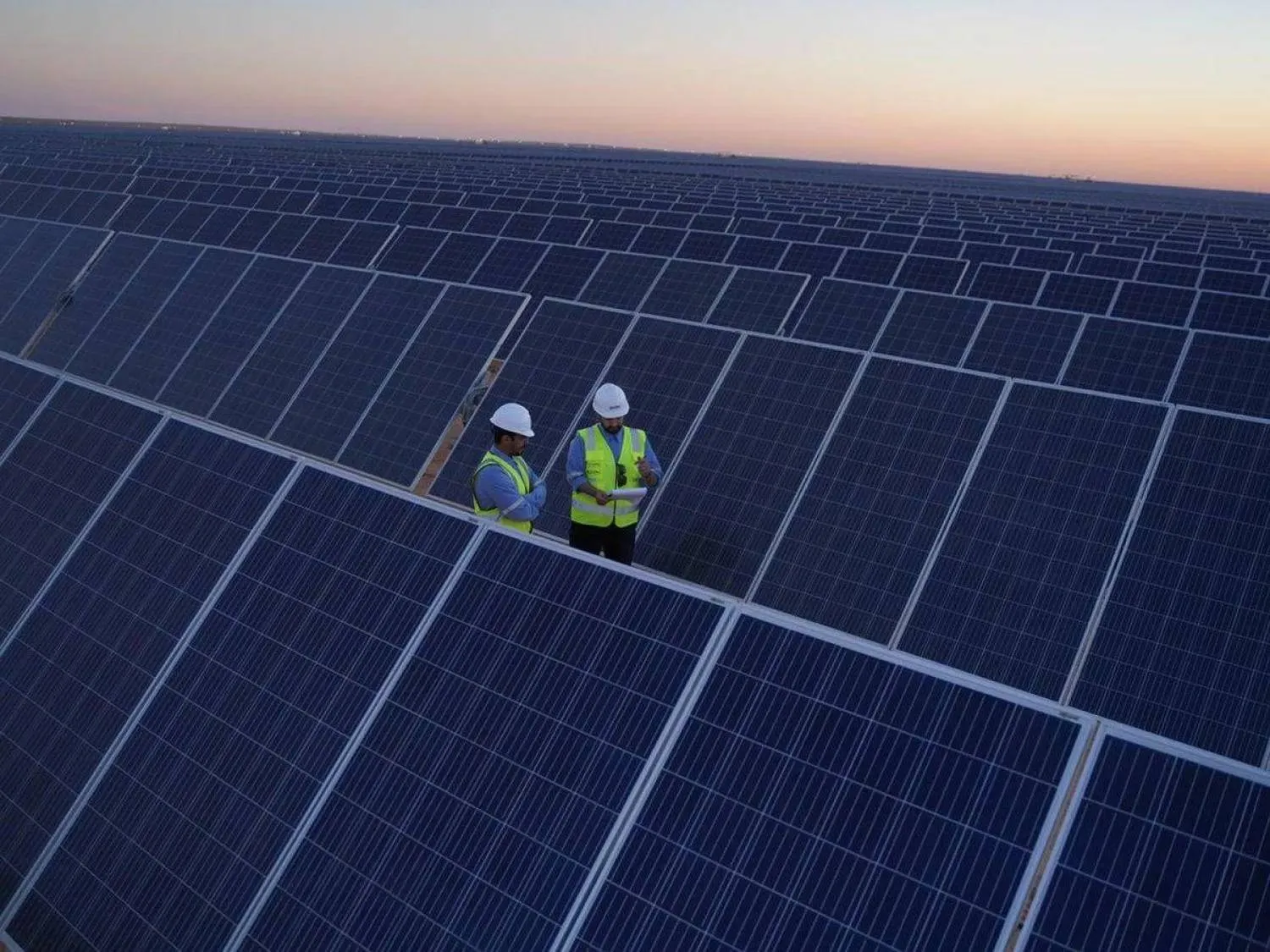Egypt's annual urban consumer inflation rate rose from 16.2 percent in October to 18.7 percent in November, the country's Central Agency for Public Mobilization and Statistics (CAPMAS) said Thursday.
The inflation hike in November marks the highest increase since December 2017, when it reached 21.9 percent.
Egypt's annual headline inflation rate rose to 19.2 percent in November 2022, compared to 16.3 percent in the previous month.
On a monthly basis, the agency said that the general consumer price index for the total republic increased by 2.5 percent in November from October.
CAPMAS attributed the annual increase in the inflation rate for the entire republic to the increase in prices in sectors, foremost of which were: Food and beverages 30.9 percent, health care 12.4 percent, transport, and communications 16.6 percent, culture and entertainment sector 32.2 percent, and restaurants and hotels sector 30.1 percent.
In a press conference following the Cabinet's weekly meeting in the New Administrative Capital, Egyptian Prime Minister Mostafa Madbouly said that there is a plan to provide hard currency and it will run on the short term until 30 June 2023.
The premier did not give further details of the plan, saying that some of the state's steps must not be announced in advance.
He revealed that the government is aware that there is a rise in prices and it attempts to alleviate the burden placed on the shoulders of the citizens.
Madbouly confirmed that the cabinet has set a plan to deal with the increasing prices, highlighting that most of the news spreading on social media “seek to harm the Egyptian economy”.
Meanwhile, the premier said on Wednesday that Egypt attracted about $9 billion in direct investments last year - the highest in 15 years.
“The state ownership policy document was finally approved,” Madbouli announced, stating that the government will be committed to implementing the state ownership policy document over the next three or five years.
He added that the investor, who wishes to obtain the golden license, applies directly to the Cabinet to shorten the distance and procedures.
Madbouly further announced that a committee has been formed to tackle the investors’ difficulties, noting that several measures and reforms were made to enhance the investment climate.









